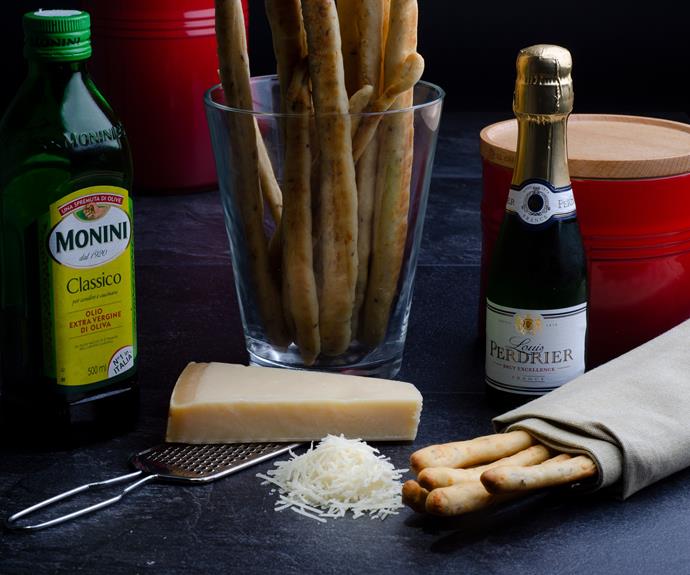
As a self-proclaimed food enthusiast, I am always on the hunt for unique gastronomic experiences. And let me tell you, mastering the art of Spanish olive oil tasting is an absolute must for any culinary adventurer. From the fruity notes of arbequina to the robust flavor of picual, each sip is a journey through the rich Spanish terroir. Join me as we explore the techniques, locations, and pairings that will elevate your olive oil tasting game to new heights. Get ready to savor the liquid gold of Spain!
Key Takeaways
Table of Contents
- Blind tastings are recommended to eliminate preconceived notions and determine the quality and authenticity of Spanish olive oil.
- Sensory evaluation, including the analysis of aroma, taste, and texture, is crucial for mastering the art of olive oil tasting.
- Different regions and varieties of Spanish olive oil produce distinct flavor profiles, and evaluating these profiles requires specific techniques.
- Spanish olive oil can be paired with a wide range of dishes to enhance richness and provide delightful contrast, and it can also be drizzled over desserts for a unique touch.
Types of Spanish Olive Oil Tastings
When it comes to experiencing the diverse flavors of Spanish olive oil, there are several types of tastings to choose from. One popular method is blind tastings, where the taster is unaware of the brand or origin of the olive oil being sampled. This allows for a more unbiased evaluation of the oil's characteristics, as preconceived notions are eliminated. Another approach is sensory evaluation, which involves analyzing the aroma, taste, and texture of the olive oil. This method requires a trained palate and involves identifying specific flavors and attributes present in the oil. Sensory evaluation helps in determining the quality and authenticity of the olive oil. Whether it's through blind tastings or sensory evaluation, exploring the different types of Spanish olive oil tastings is a delightful journey of discovery.
Top Olive Oil Tasting Locations in Spain
Continuing our exploration of Spanish olive oil tastings, let me introduce you to the top olive oil tasting locations in Spain. When it comes to experiencing the rich flavors and aromas of Spanish olive oil, there are a few places that stand out. One of the top locations is Jaén, known as the "World Capital of Olive Oil." Here, you can visit the Olive Oil Interpretation Center and learn about the olive oil production process while indulging in tastings. Another great destination is the region of Andalusia, particularly the towns of Priego de Córdoba and Baena, which are famous for their high-quality olive oils. And of course, no olive oil tasting journey would be complete without a visit to the beautiful region of Catalonia, where you can sample exquisite oils in the picturesque town of Siurana. Remember to follow olive oil tasting etiquette and savor the health benefits of Spanish olive oil as you embark on this delicious adventure.
Techniques for Evaluating Olive Oil Flavor Profiles
To evaluate olive oil flavor profiles, I rely on my keen sense of taste and smell. Evaluating olive oil quality requires a careful sensory analysis technique that involves assessing its aroma, taste, and overall balance. When evaluating the aroma, I take note of its intensity, complexity, and any specific notes such as grass, fruit, or herbs. Next, I assess the taste, paying attention to its bitterness, spiciness, and sweetness. Finally, I evaluate the overall balance, considering how all the flavors come together harmoniously. It's important to remember that different olive oil varieties and regions can produce distinct flavor profiles. By honing my sensory analysis techniques, I am able to accurately evaluate and appreciate the unique qualities of each olive oil.
Pairing Spanish Olive Oil With Local Cuisine
My preferred method of pairing Spanish olive oil with local cuisine is by considering the flavors and characteristics of the dishes and selecting the most complementary options. Here are three ways I love to pair Spanish olive oil with local cuisine:
- Drizzling olive oil over desserts: Spanish olive oil can add a unique touch to desserts like chocolate cake or vanilla ice cream. Its fruity and slightly peppery notes can enhance the richness of the dessert and provide a delightful contrast.
- Health benefits of olive oil: Pairing Spanish olive oil with local cuisine not only adds flavor but also brings numerous health benefits. Olive oil is rich in monounsaturated fats and antioxidants, which can promote heart health, reduce inflammation, and support digestion.
- Experimenting with different dishes: Spanish olive oil is incredibly versatile and can be paired with a wide range of local dishes. Whether it's drizzling it over grilled vegetables, using it in salad dressings, or finishing off a seafood dish, the possibilities are endless.
Tips for Hosting Your Own Olive Oil Tasting Event
When hosting your own olive oil tasting event, start by selecting a variety of Spanish olive oils to showcase their unique flavors and characteristics. To ensure a successful event, it is important to follow olive oil tasting etiquette. Provide each guest with a small tasting cup and a separate cup for discarding the olive oil after tasting. Encourage guests to first smell the olive oil, taking note of any distinctive aromas. Next, instruct them to take a small sip, allowing the oil to coat their tongues and palate. Remind guests to pay attention to the flavor profile, noting any bitterness, fruitiness, or peppery sensations. For an added challenge, consider hosting a blind olive oil tasting, where guests have to guess the type or brand of the olive oil based on its taste alone. This can be a fun and interactive way to engage your guests and test their olive oil knowledge.
Frequently Asked Questions
What Are the Health Benefits of Consuming Spanish Olive Oil?
Consuming Spanish olive oil has numerous health benefits. It promotes heart health and reduces inflammation, making it a vital component of the Mediterranean diet. The art of olive oil tasting is a sensory experience like no other, exploring flavors and aromas.
Can Olive Oil Tasting Help in Detecting Adulteration or Low-Quality Olive Oil?
Yes, olive oil tasting can help detect adulteration or low-quality olive oil. By using my senses, I can identify any off-flavors or inconsistencies, ensuring I only consume high-quality Spanish olive oil.
Are There Any Specific Olive Oil Tasting Etiquette or Rules to Follow?
There are specific olive oil tasting etiquette and rules to follow. When it comes to olive oil tasting techniques, it's important to use a proper tasting glass and follow the steps of smelling, slurping, and assessing the flavors. Olive oil tasting events can also provide a great opportunity to learn and practice these techniques.
How Can One Differentiate Between Different Grades of Spanish Olive Oil?
To detect different grades of Spanish olive oil, I rely on my senses and employ techniques like smelling, tasting, and observing the color and consistency. It's amazing how these simple steps can unveil the authenticity and quality of the oil.
What Is the Best Way to Store Spanish Olive Oil to Maintain Its Quality and Flavor?
To maintain the quality and flavor of Spanish olive oil, it's important to store it properly. Prevent oxidation and rancidity by keeping it in a cool, dark place, away from heat and light.




Leave a Reply
You must be logged in to post a comment.